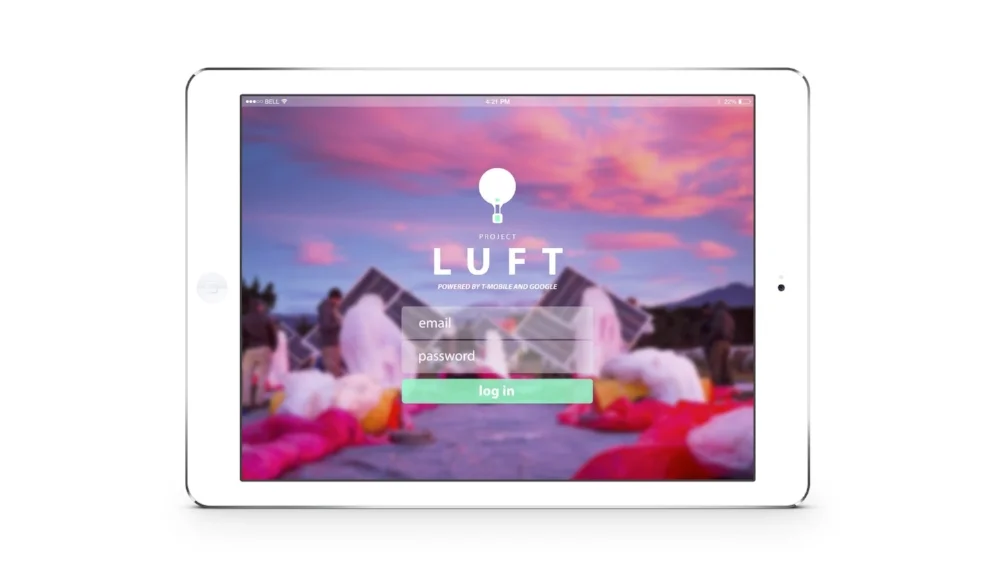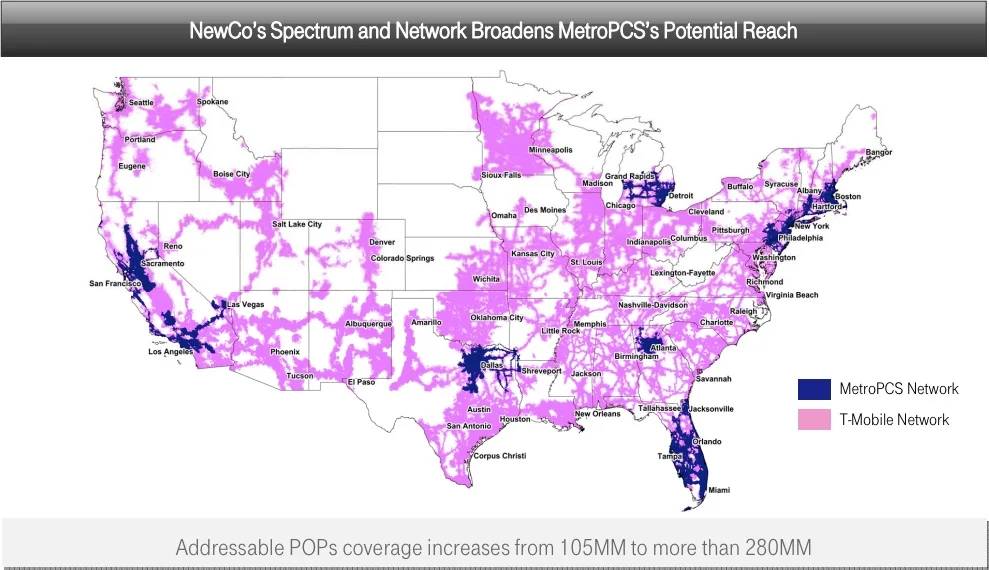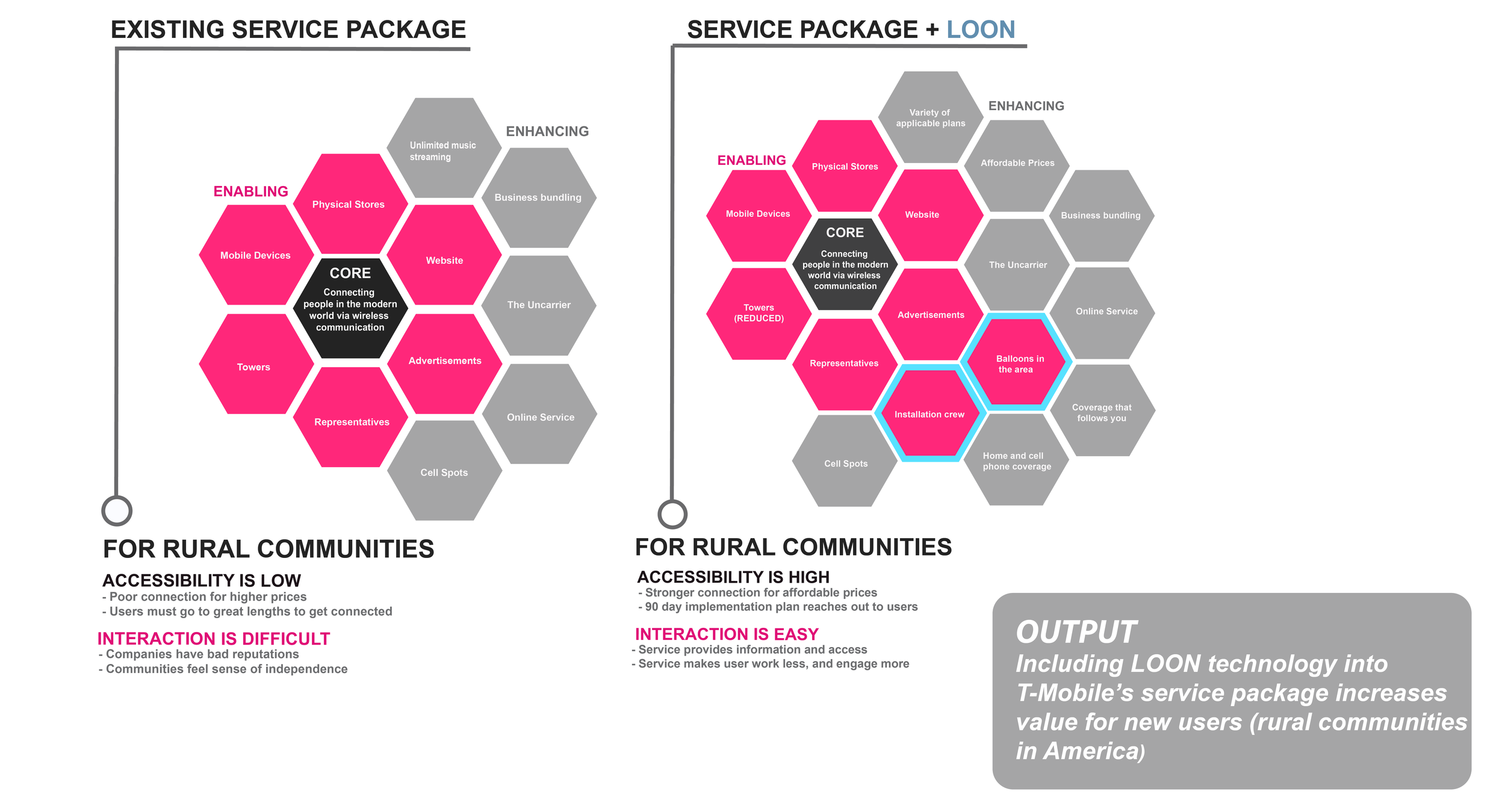Project Luft
The Team: Breana Russell, Polly Adams, and Christian Edwards
Project Duration: 6 weeks of research + 4 weeks of designing
Project Brief
How can we utilize existing service offerings to implement a disruptive technology that could transform and create new service opportunities?
Framing the Problem
The disruptive technology we chose was developed by Google X. It uses a network of balloons traveling in the stratosphere as a vehicle for connecting people to LTE internet. Their purpose is to fill existing connectivity gaps within rural and remote areas, and bring people LTE internet after disasters.
We decided to explore how this technology could solve for the internet crisis in rural America. Rural America makes up 46.2 million people (15%), which spreads across 72% of the country. People living in rural America do not have the infrastructure or internet connection that urban American’s have. Currently the government will not allow Google X’s balloons to fly in the states, because of competitive advantage towards existing internet providers. Therefore, we saw an opportunity for Google X to partner with one of these companies.
In rural America these industries and people are suffering without LTE Internet. The people running them either do not want the infrastructure, cannot afford the services, or do not have the ability to get such capabilities because of mountains and narrow valleys blocking signals from wireless towers. Therefore, we saw an opportunity to replace invasive towers with Project Loon's Balloons.
Our Solution
&
As designers our act of imagination is to see a new possibility and make it concrete through research of each companies values and capabilities. By evaluating the worth and vision of T-Mobile and Google X we were able to scope how they could build a partnership to give the remaining US citizens with no Internet the connectivity they deserve. The solution emerged slowly through tactical planning, research, and empathy surrounding our determined need and offer.
Our solution is to use T-Mobile’s proposed service offering to model a plan for Google Loon’s technology. Using T- Mobiles service and Google Loon's technology we can provide a safer and less invasive alternative to unwelcome obtrusive towers or fiber cables. The balloons connect users that cannot use the existing coverage plans, which allows them to connect with relatives, friends, and partners using one of the cheapest LTE providers today.
The Business Plan
Before thinking about how this would work on the market we wanted to define our value propositions for our customer segments. Then we began researching T-Mobiles existing business model as a bases for our new model pairing T-Mobile and Google Loon.
Service Package
Our service packages allowed for us to understand what resources were utilized to provide the service T-Mobile currently provides. We want the transition of T-Mobile to T-Mobile + Google Loon to be as smooth as possible without adding extra costs.
The Implementation Plan
In determining our target segment of users, we moved forward by developing a 90 day plan to connect rural areas of America. Our main goal in creating a campaign was to bring high speed Internet to rural communities in the most efficient way possible. Breaking down the process of connection into three, 30-day phases allowed us to view the process from a holistic standpoint and realistically cap the initiative to 90 days. The three phases consist of ATTRACTING new users, CONVERTING them to T-Mobile service and CONNECTING them to Google Loons 4GLTE technology. The initiative aims to connect users on the ground to the rest of the world through innovative balloon technology, and lift them up to a standard of living other individuals in urban settings enjoy... hense, "LUFT", a translation of air.
Service Blueprint
Blueprint Simplified
Measuring Success
Strategic Goals
We wanted to build a management dashboard for a project manager to track the success of this plan. In order for us to capture the key measurements for success we needed to determine the strategic goals for our service based on our users, T- Mobiles support, Loons functionalities, and the development/sustainability of the entire project. We identified our KPI's needed for each category, which later became our tabs for our management dashboard- Market Analysis, System Maintenance, and Development.
Visualizing our Measurements
After we decided the KPI's for each strategic goal we divided the tabs to begin sketching and designing how we could visualize the measurements on a dashboard.





















